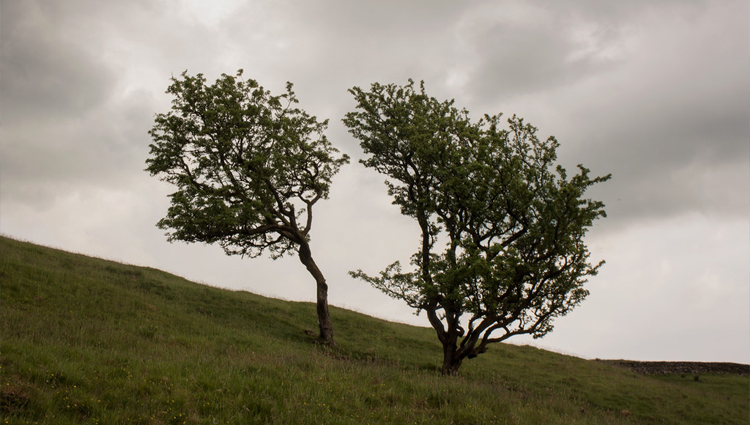Recording The Soundscapes Of Spring

(ISNS) -- This April, when you step outside and hear the first sounds of spring, you won't be hearing just songbirds and buzzing insects, but aural evidence of an awakening ecosystem.
The emerging science of soundscape ecology is building on the established field of bioacoustics to create a new way of gauging ecosystem health and diversity -- by listening.
"Natural sounds can be used like a canary in a coal mine, as a critical first indicator of environmental changes," said Bryan Pijanowski, an ecologist at Purdue University in West Lafayette, Ind.
Pijanowski and his colleagues outlined their vision of soundscape ecology in the March issue of BioScience. The new field will take a much broader approach to collecting and evaluating sound than ever before, although the authors caution that no coherent theory yet exists to categorize the ecological significance of all the sounds emanating from a landscape.
Scientists have been using sound as a tool for studying the natural world for some time, mainly through bioacoustics, the study of sounds made by animals. But most of these studies tend to focus on one or two individuals at a time, said Jesse Barber, a sensory ecologist at Boise State University in Idaho, who was not part of Pijanowski's team.
"Using sound to try to discern something about the ecosystem as a whole is what is novel about soundscape ecology," Barber said.
To begin building a catalog of soundscapes, Pijanowski and his team recorded continuous audio for a year in seven different habitats around the Purdue campus, including an old growth forest, wetlands, stands of trees on campus, and agricultural fields. They analyzed the recordings -- more than 35,000 in total -- to characterize the rhythms of the seven different natural soundscapes and determine how varying degrees of human development affected those rhythms. They found that as human impact on the landscape increased, the natural rhythms of sound created by wildlife were replaced by low and constant human-produced noise.
In addition to studying changes in biophony (sounds created by living things) and anthrophony (sounds created by human activities), soundscape ecology will also focus on the often overlooked category of sounds created by non-living sources like weather, wind and water, known as geophony.
"Taken together, all three can be an indicator of a lot of different changes taking place in a landscape, including climate, pollution, and development," Pijanowski said.
Monitoring the sounds of entire ecosystems is a new endeavor for scientists in large part because the technology to record outdoors over long periods of time and store the data has only recently become practical and affordable.
"The first automated recording station I bought cost $25,000 and broke after a few days in the field," recalled Pijanowski.
Recordings can also be archived to serve as "acoustic fossils," giving scientists an auditory glimpse into the past.
"There are very few types of biological data that function as a useful record of change over time the way sound recordings can," said Richard Fuller, a conservation biologist at the University of Queensland in northeast Australia who uses sound in his research.
As technology advances, more and more information will be gleaned from soundscape recordings, Pijanowski said. Engineers are working on programs that can identify particular species and even sort out the unique "voices" of individual animals.
"Sound is one of the oldest research tools we have," said Pijanowski. "It's interesting we're still coming up with new ways of using it to study the natural world."
Related Audio Content: Listen to Pijanowski's soundscape recordings [Editor's note: This link is no longer active]
